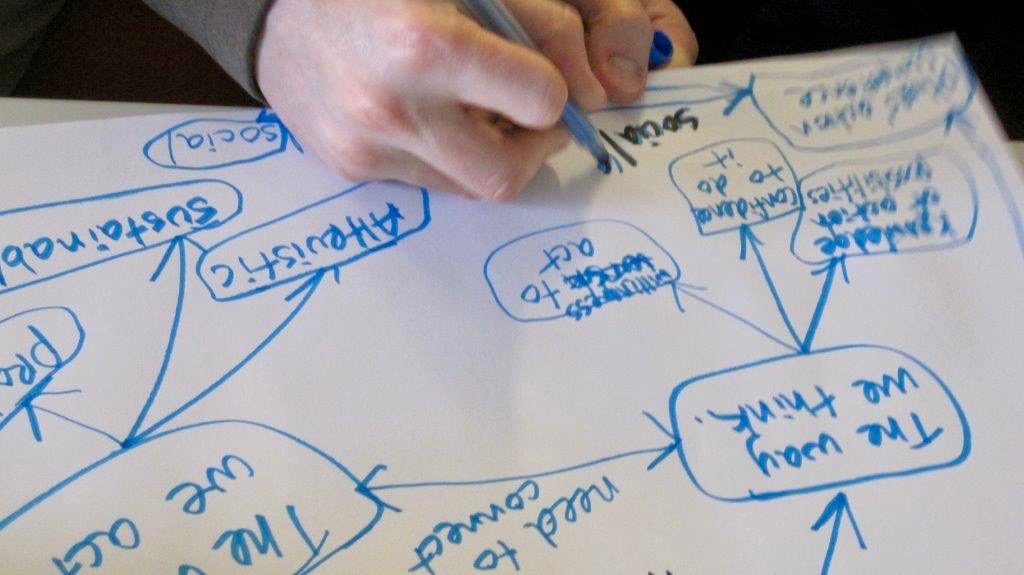
For higher education to genuinely take on sustainability in education, there are implications for how institutions are structured and operate, for what students learn and how that is determined, and for how students learn and how that is determined. In student-driven HE, students are guided to see themselves as both producers and consumers of knowledge. Through co-collaboration between teachers and students, students are encouraged to become active and engaged in the acquisition of knowledge, the teaching and the application of what they have learned. Thus, the organizational structure, with a lack of clear didactic authority, creates space for active involvement from the students. Students can take control and become co-responsible for their learning process. This raises questions for institutional management and what possibilities it affords at the program and course level.
Student influence can take many forms, work on many levels and imply different roles. When the student is in the learning role, pedagogy becomes student-centered. Teaching is tailored to student interests; the student is active and the teacher is a facilitator of learning. This commonly takes the form of choice-based pedagogy, where teachers offer choices and students can have influence on them. There is shared responsibility for learning.
When students take on roles other than as learners, they can become instructors and coordinators at the course or program level. In the instructor role, learning is student-driven with students facilitating and peer-teaching. Students have influence on content and pedagogy. At the coordinating level, students themselves make pedagogical and managerial decisions. They influence and/or determine learning outcomes, learning methods and assessment methods, thus having significant influence on their own curricula. When this is possible at the institutional level, student-initiated courses and programs can represent a powerful way students influence their education.
Case studies
Student participation is discussed in three case studies.
Students as teachers: Design of a student-led course on sustainability education
by Jaana Herranen, Sakari Tolppanen and Maija Aksela (University of Helsinki) and Veli-Matti Vesterinen (University of Turku)
Students as teachers: A student point of view
by Nelly Heiskanen, Janina Käyhkö and Heli Virtanen (University of Helsinki)
The emotional challenge of sustainability education
by Auður Pálsdóttir (University of Iceland)
References
Gough, S., & Scott, W. (2007). Higher education and sustainable development: Paradox and possibility. London: Routledge.
Vare, P., & Scott, W. (2007). Learning for a change: Exploring the relationship between education and sustainable development. Journal of Education for Sustainable Development, 1(2), 191-198. http://doi.org/10.1177/097340820700100209